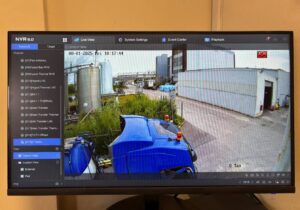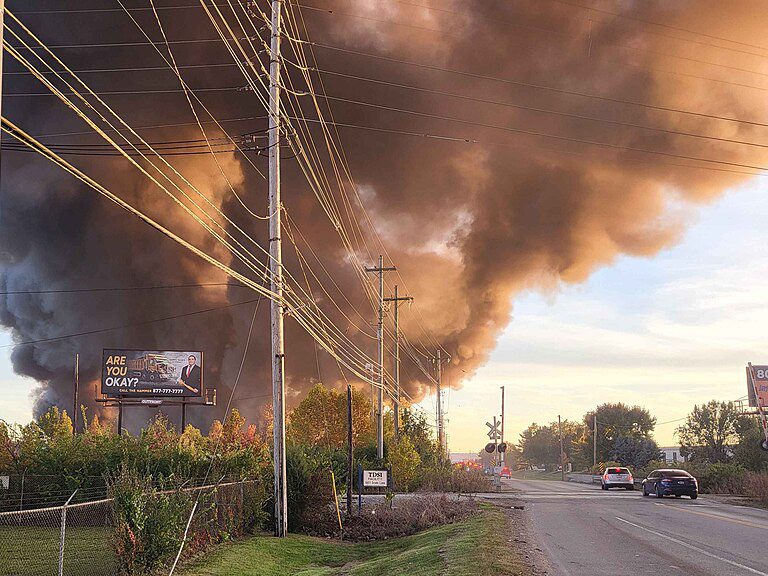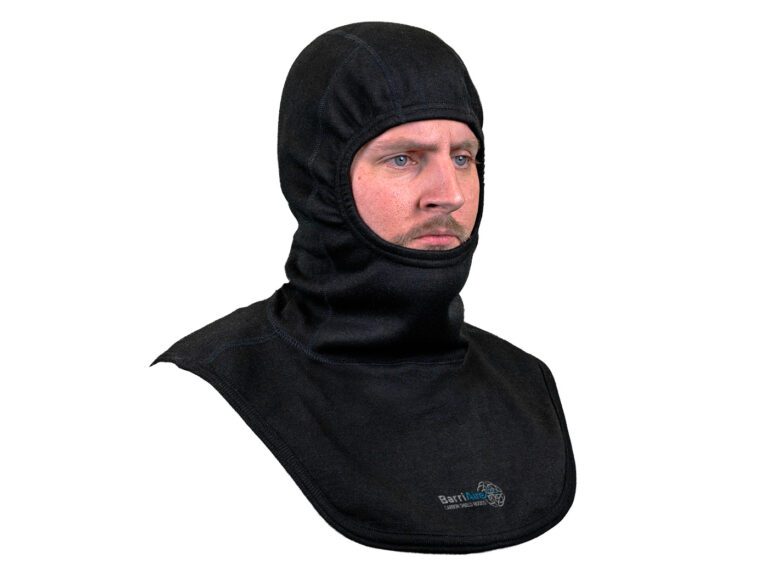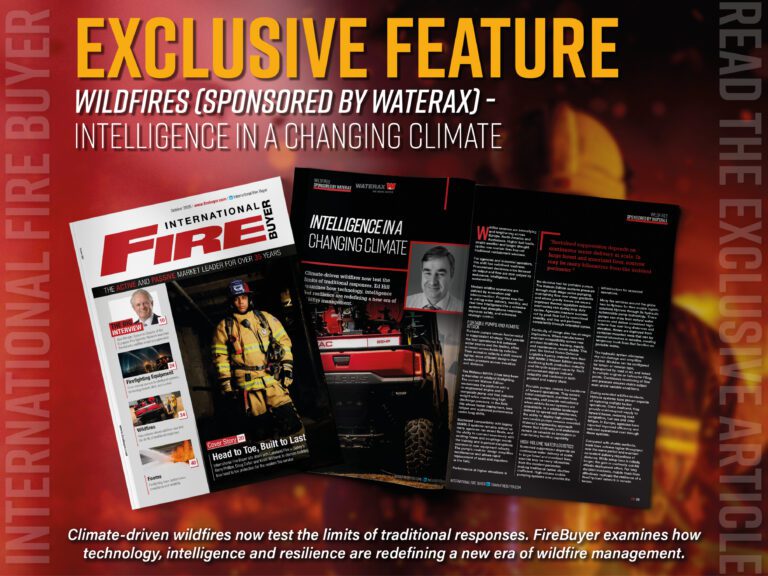As firefighting foam moves beyond fluorinated chemistry, the industry must balance performance, environmental compliance, and reliability without compromise. Joseph Clarke writes.
The global withdrawal of fluorinated firefighting foams marks a decisive technological turning point for the fire protection sector. For more than 50 years, aqueous film-forming foams, or AFFFs, delivered exceptional extinguishment speed and vapour suppression through the chemistry of per- and polyfluoroalkyl substances.
Those compounds are now subject to worldwide restriction because of their persistence in soil and water. The industry must therefore rebuild its foundational technology without the molecular mechanism that made AFFF so effective.
Removing fluorine changes how foam behaves. Traditional formulations created a thin, self-sealing film over volatile liquids, cutting oxygen supply and preventing re-ignition. Without fluorinated surfactants, that reaction no longer occurs naturally.
Manufacturers such as Perimeter Solutions and Dafo Fomtec have responded by reconstructing surfactant systems that replicate the same functional outcomes through hydrocarbon-based chemistry. Their focus is on balancing surface tension, viscosity and bubble strength so that foams spread rapidly yet remain cohesive under heat.
This reformulation is not confined to laboratories. In aviation, where runway incidents demand near-instant coverage of jet fuel, foams must generate a stable blanket in seconds. In refineries and tank farms, they must resist prolonged radiant heat. In vehicle fires, industrial kitchens and marine spaces, adhesion and residue control are essential. Each context exposes a different weakness once fluorine is removed.
Perimeter Solutions and Dafo Fomtec have treated these weaknesses as engineering problems rather than commercial setbacks, approaching foam as an integrated system of chemistry, physics and hardware.
Angus Fire, Profoam and Incendin have taken parallel routes in smaller, application-specific domains such as automotive, galley and machinery fires. These scenarios provide valuable insight because they highlight the importance of adhesion, rapid cooling and confined-space behaviour. Together, these programmes represent a full-spectrum reinvention of firefighting foam where performance is measured by scientific validation, not heritage.
Reformulating the Science
Replacing fluorine is a task of molecular architecture. Fluorinated surfactants once delivered extraordinary surface activity, reducing tension to levels that allowed foam to spread over both hydrocarbon and polar solvent fires. The new generation of foams relies on amphoteric, hydrocarbon and polysaccharide surfactants engineered to reproduce those effects through cooperative interaction rather than single-molecule performance.
Dafo Fomtec’s Enviro range exemplifies this approach. By combining amphoteric surfactants with stabilising polymers, it has produced foams that resist heat-driven drainage and maintain vapour suppression over volatile fuels. Controlled flame tests have shown stable extinguishment on jet fuel surfaces, a performance once thought achievable only with fluorine chemistry.
Perimeter Solutions’ Solberg formulations follow a similar logic but apply it differently. Their use of polysaccharide thickeners gives the foam structure and cling, improving performance on vertical and irregular surfaces found in vehicle and kitchen fires.
TO READ THE FULL ARTICLE SEE OUR LATEST ISSUE HERE.




































